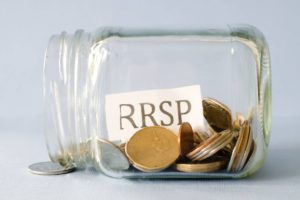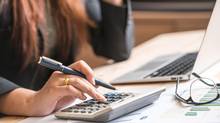 My latest column in Wednesday’s Globe & Mail looks at a strategy called “Topping up to Bracket,” which can be useful to anyone who is temporarily in a lower tax bracket.
My latest column in Wednesday’s Globe & Mail looks at a strategy called “Topping up to Bracket,” which can be useful to anyone who is temporarily in a lower tax bracket.
Click on the highlighted headline to access the online version, assuming you have Globe subscriber privileges or haven’t exceeded the monthly free click quota: A strong tax case for early RRSP withdrawals.
When might you be “temporarily” in a lower tax bracket than usual? This can of course happen when you lose a job or if you’re in your Sixties and transitioning between full employment (typically earning in higher tax brackets) and Semi-Retirement, when it’s tempting to “bask” in lower tax brackets.
Temporary because as Semi-Retirement progresses, you can end up moving back into higher tax brackets: for example, if you start to receive Old Age Security (OAS) at 65, then take Canada Pension Plan (CPP) a few years later, these are both taxable sources of income.
And the big hit can come at the end of the year you turn 71, when RRSPs must be converted to Registered Retirement Income Funds (RRIFs) or else annualized or cashed out. RRIFs entail forced annual withdrawal rates that keep rising between your 70s and your mid 90s.
So that makes “Topping up to Bracket” (a term used in a BMO Wealth Institute paper on the topic, published around 2013) a strategy not to be ignored. In practice it means making sure that in those low-earning years you at least bring into your hands each and every year the roughly $12,000 of untaxed earnings that’s called the Basic Personal Amount (BPA). And as the G&M column explains, it’s also a good idea to at least bring in the dollars that are in the lowest tax bracket (15% federally, 5% in Ontario), or roughly $42,000. There are of course higher tax brackets above that but the law of diminishing returns starts to kick in beyond the $42,000.
Note too that this is a “use it or lose it” proposition. If for example a year went by that you failed even to bring in even that $12,000 income that would not have been taxed, you can’t carry forward the opportunity to benefit from it the following year. You will of course have another opportunity for the BPA that year but it won’t double up because you neglected to earn low- or non-taxed income the previous year. Continue Reading…







